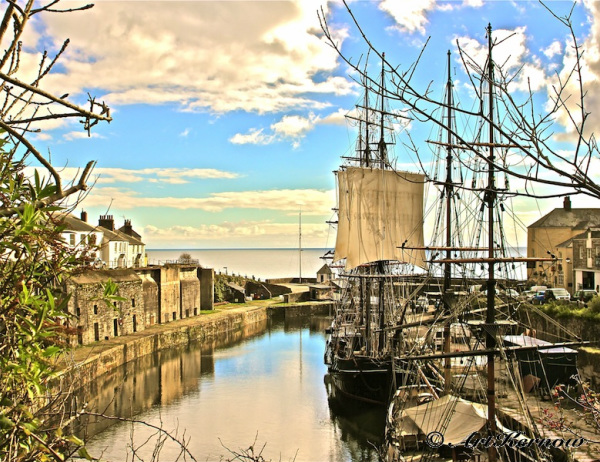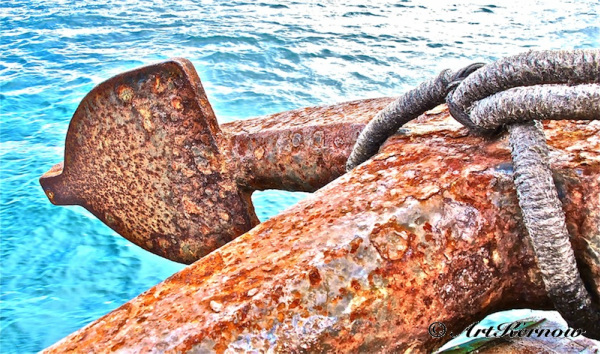Charlestown
Two hundred years ago, West Polmear as it was then known, was a tiny fishing village. The local people made a living catching pilchards. During the latter part of the 18th century the mines and china clay pits in St Austell were flourishing.
It became obvious to a local businessman called Charles Rashleigh that there was a need for a local port offering protection from the weather and suitable unloading facilities. Charles Rashleigh began the mammoth task of constructing the harbour using plans by Smeaton, a famous designer of lighthouses and harbours. He started firstly with the outer arm to shelter shipping. In order to complete the inner piers, rocks had to be blasted away, manually cut and removed.
A six mile long leat from the Luxulyan Valley was also constructed to bring water to the harbour, which is contained in two reservoirs at the top of the village. The water was used to keep the level of the dock up at low tide, enabling ships to stay afloat. Periodically this water would also be used to flush the harbour. Water from the reservoirs is still used to keep the levels up at low tide. The name of the village was eventually changed to Charles' town in honour of Charles Rashleigh.
It became obvious to a local businessman called Charles Rashleigh that there was a need for a local port offering protection from the weather and suitable unloading facilities. Charles Rashleigh began the mammoth task of constructing the harbour using plans by Smeaton, a famous designer of lighthouses and harbours. He started firstly with the outer arm to shelter shipping. In order to complete the inner piers, rocks had to be blasted away, manually cut and removed.
A six mile long leat from the Luxulyan Valley was also constructed to bring water to the harbour, which is contained in two reservoirs at the top of the village. The water was used to keep the level of the dock up at low tide, enabling ships to stay afloat. Periodically this water would also be used to flush the harbour. Water from the reservoirs is still used to keep the levels up at low tide. The name of the village was eventually changed to Charles' town in honour of Charles Rashleigh.







